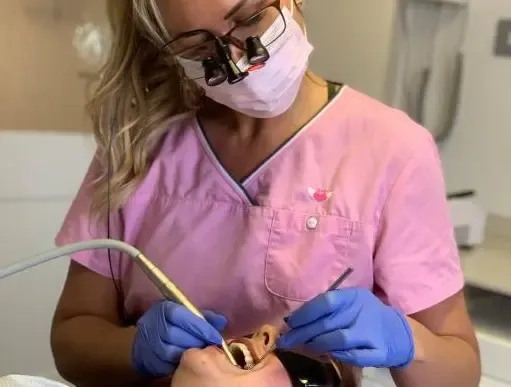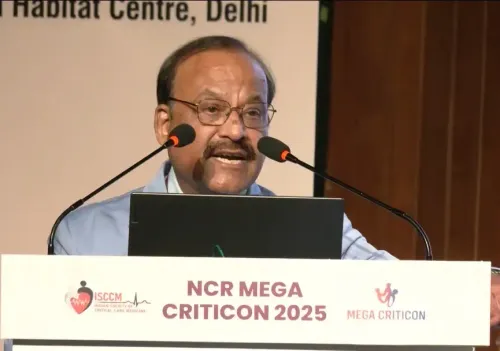What New Stem Cell Research Reveals About Regenerating Lost Teeth?

Synopsis
Key Takeaways
- Two distinct stem cell lineages identified.
- Key for tooth root and alveolar bone formation.
- Potential for regenerative dental therapies.
- Utilized genetically modified mice for research.
- Published in Nature Communications.
New Delhi, Oct 2 (NationPress) Researchers from Japan have discovered two unique stem cell lineages that play a crucial role in the formation of tooth roots and alveolar bone, providing essential insights for future regenerative dental treatments.
The team at the Institute of Science Tokyo utilized genetically modified mice along with lineage-tracing techniques to illuminate the cell signaling pathways that guide stem cell differentiation in developing teeth.
According to Mizuki Nagata, Assistant Professor at the Institute's Department of Periodontology, "Our findings establish a mechanistic foundation for tooth root development and open new avenues for advanced stem-cell-based regenerative therapies targeting dental pulp, periodontal tissues, and bone."
The capability to regenerate lost teeth and their surrounding bones is often regarded as the ultimate goal within dentistry.
For many years, the conventional method for replacing missing teeth has involved the use of foreign materials, like dental implants or dentures. While these alternatives are effective, they fail to perfectly mimic the natural structure, function, or sensation of a real tooth.
The research, published in the journal Nature Communications, tracked tooth development in genetically modified mice, leading to the identification of a previously unrecognized population of mesenchymal progenitor cells and two distinct lineages: one closely linked to tooth root development and the other to alveolar bone formation.
The initial lineage originates from cells in the apical papilla within the epithelial root sheath—a soft tissue cluster at the tip of a growing tooth root. These cells express CXCL12, a protein crucial for bone formation within the bone marrow.
Through a chemical signaling route known as the canonical Wnt pathway, the CXCL12-expressing cells in the apical papilla can differentiate into odontoblasts, which form teeth, as well as cementoblasts and osteoblasts under regenerative conditions.
The second lineage is found in the dental follicle, a sac-like structure surrounding the developing tooth that aids in forming the adjacent anchoring tissue. The researchers identified a population of cells expressing parathyroid hormone-related protein (PTHrP), which can differentiate into cementoblasts, ligament fibroblasts, and osteoblasts.
Overall, these discoveries enhance our understanding of the development of teeth and alveolar bone in vivo, shedding light on their complex growth mechanisms, the researchers concluded.









